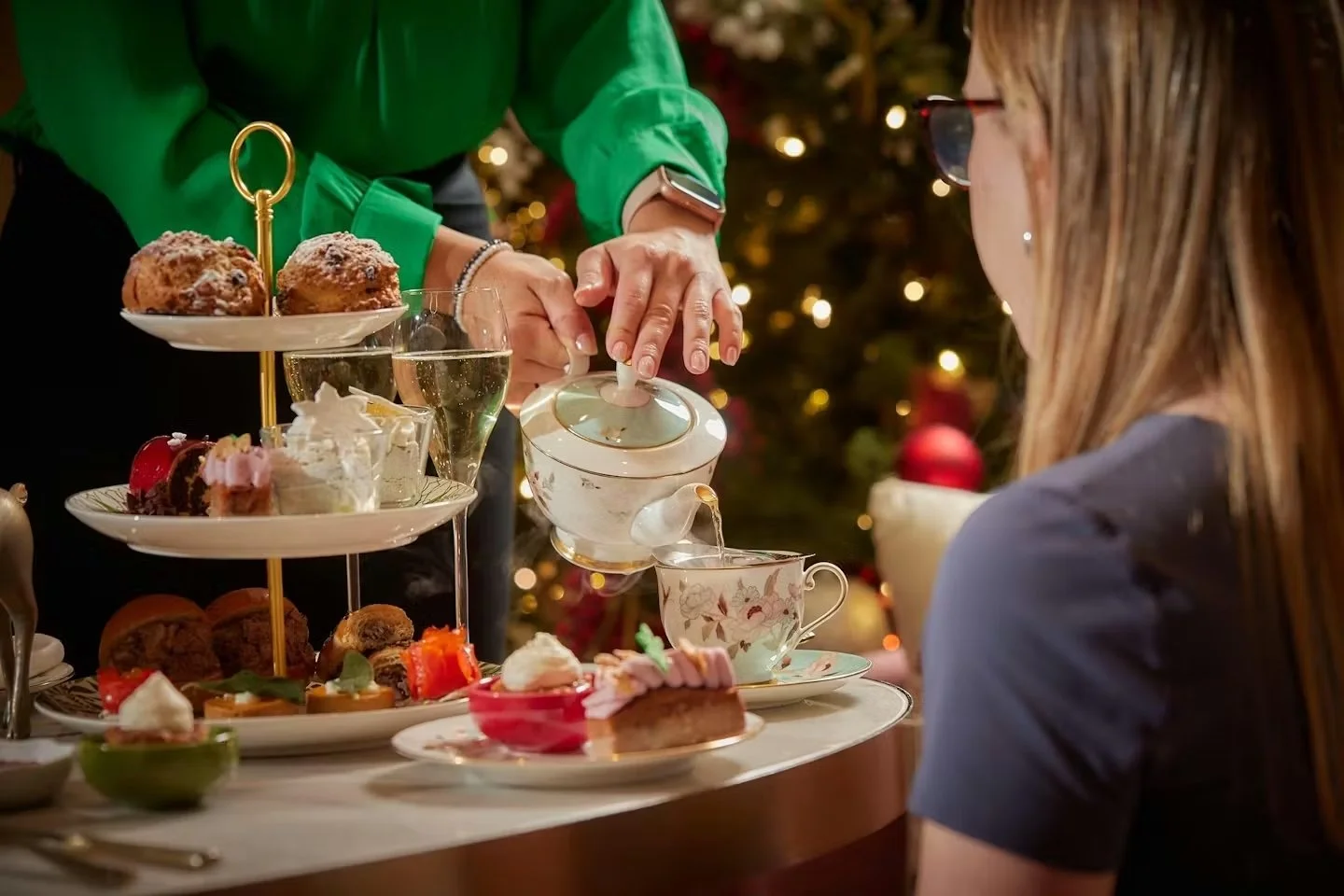B.C. dessert queen aims to change the food world one pint of ice cream at a time
Betterwith Foods founder Lori Joyce says that women are needed in the industry more than ever
Lori Joyce has switched from cupcakes to ice cream with Betterwith Foods.
LORI JOYCE, THE founder and CEO of Betterwith Foods Inc., is changing the food world one pint of ice cream at a time.
Betterwith ice cream is not her first food business; years ago she and a business partner started Cupcakes, a thriving dessert franchise that even led to their own TV show, the Cupcake Girls. After her partner moved to the U.S. to allow franchisees to own and operate their locations independently, the working mom had the freedom to jump into Betterwith full-time.
Joyce’s journey to ice-cream making started a decade ago, when she was picking up groceries.
“In the summer of 2011 when my boys were beginning to eat solids, I really started paying attention to ingredients labels for the first time,” Joyce says. “One day during an average grocery shop at my local Thrifty Foods I was shocked when I read the ingredients label of my childhood ice cream brand. As a customer I was very disappointed and felt betrayed. As a mother I knew my boys deserved better. And as an entrepreneur I saw this as an awesome opportunity.
“Ice cream brings joy to the young and old,” she says. “And from a much bigger perspective food connects people, and real food makes people better, so for me, these are good reasons to be in the food business.”
Based in Victoria, where she lives on an organic, self-sustaining five-acre farm with her parents, Joyce says her ice cream contains anywhere from 20 percent to 50 percent less sugar than other premium ice cream brands on the market. And she’s proud of the taste that comes through in old-school flavours Cream, Vanilla, Chocolate, Strawberry, Coffee, and Caramel.
While innovation is a driver in today’s food industry, she makes her ice cream the “old world” way, like grandma used to make, with full-fat cream and simple ingredients, no gums or additives. The base consists of four items: cream, cane sugar, non-fat dry milk, and egg yolks. (She says people with lactose sensitivities and digestive issues are able to eat Betterwith ice cream.)
The first step in sourcing ingredients is to look for those that are natural, non-GMO, and kosher. “Then we go deeper with country of origin, fair trade, and ethical practice,” Joyce says, acknowledging that while supporting local is important to the company, it’s not always achievable. “Sometimes it is impossible to focus on locally grown in a country that doesn't grow cocoa or coffee plants, for example. And we all agree, can’t have an ice cream company without chocolate and coffee flavour, right?”
As a woman in the food sector in general, and in the niche ice cream industry in particular, Joyce says change is needed—and change is going to come. She will never forget the moment a few years ago when she first launched.
Lori Joyce.
“I was pitching Betterwith to a group of men that had been in the dairy industry for their entire careers, all dressed in wrinkle-free pants—you get the vibe—and considered industry experts,” Joyce says. “As I proudly presented Betterwith as the better premium Canadian ice-cream brand, one walked away, as if to show disinterest, and on his way out he literally patted—I’m not exaggerating—me on my head as he said ‘How cute, you are starting an ice cream company.’
“It is changing times, and I think more than ever more women are needed in the food business. I hate to say this, but I am going to take this opportunity and call it out and say ‘Look at who was making the important decisions in the food business back in the ’70s, ’80s, and ’90s and look where that got us,’” she says. “There is current and very relevant data that shows that higher than ever there is less consumer confidence and trust in food brands, food companies and product labelling. And it’s obvious why.
“Now is the time to disrupt it, and this is what I am here for. The more women the better.”














